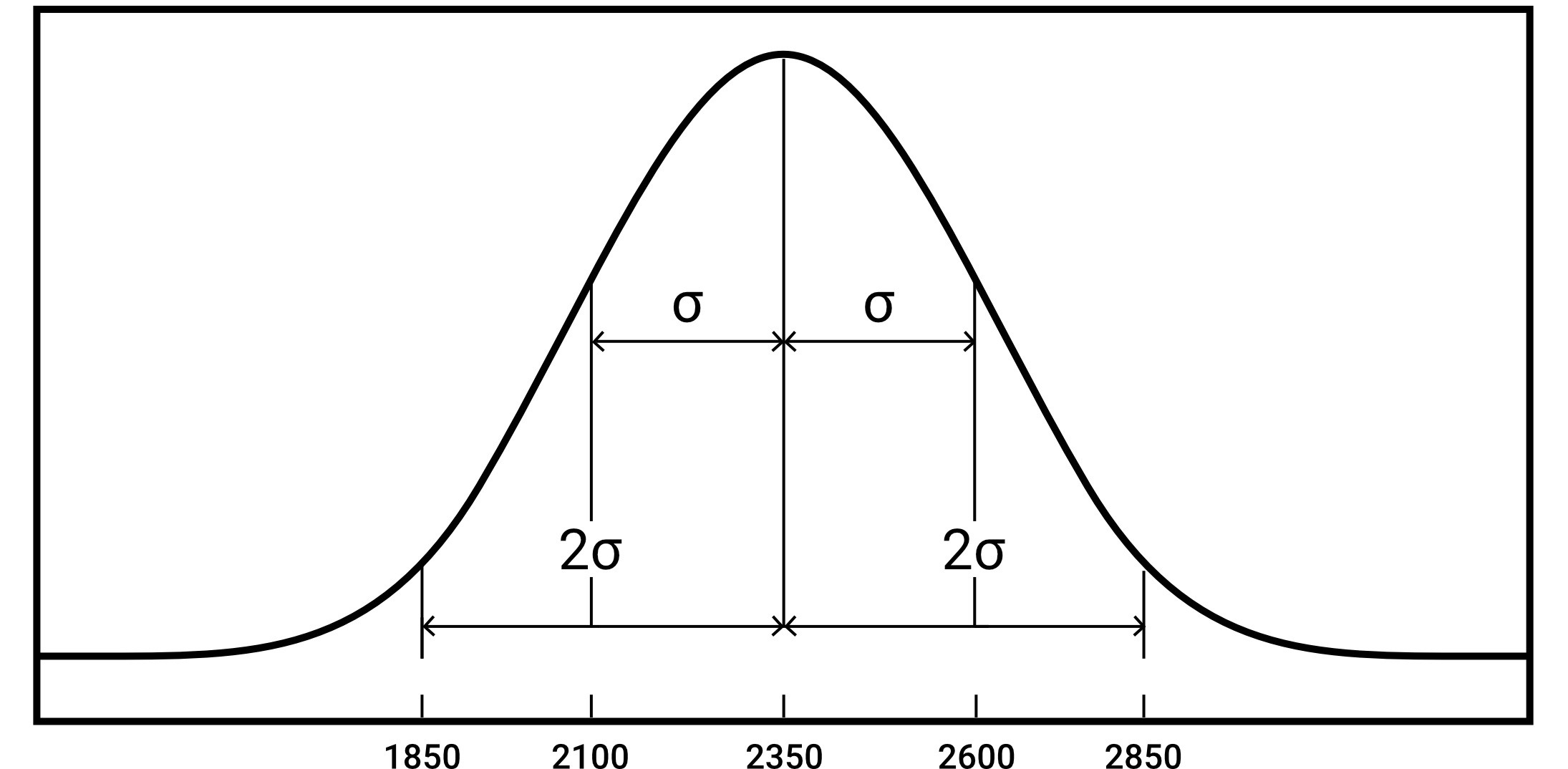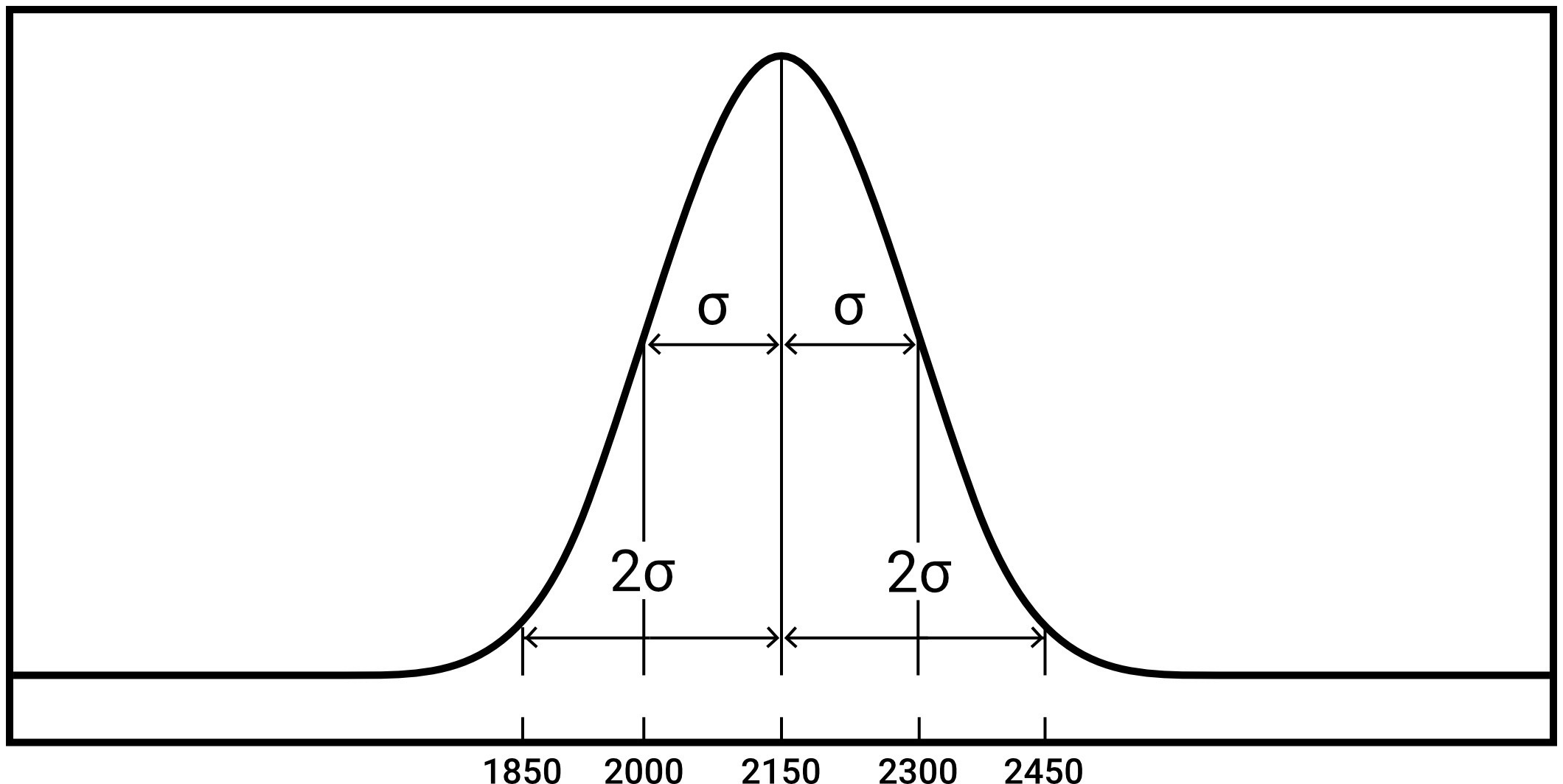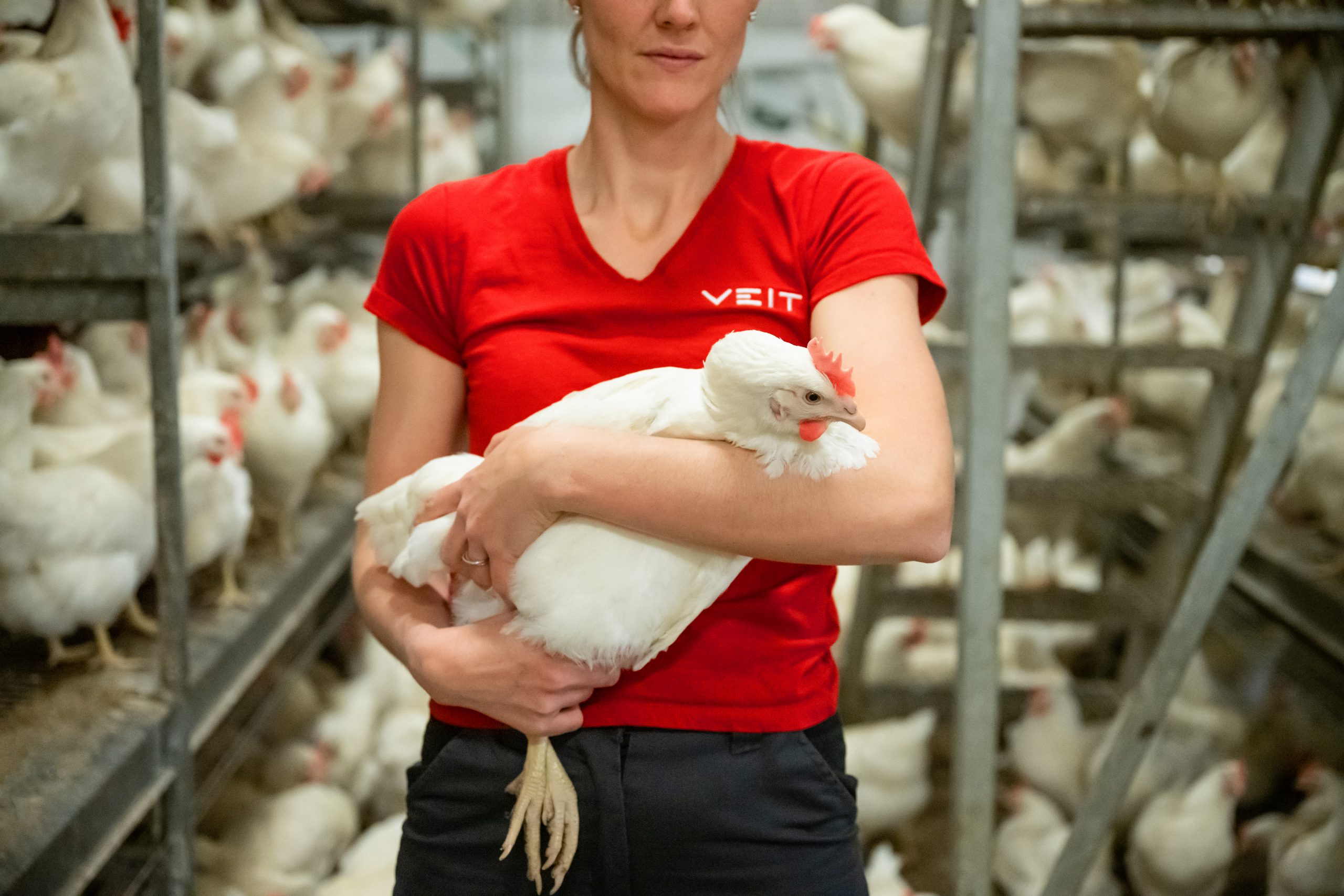The goal of weighing broiler hens and roosters is the maintenance of desired body weight as well as flock uniformity. This process is central to achieving the target body weight, which is regulated through careful feed management. Furthermore, effective distribution of feed plays a significant role in achieving uniformity. Adequate feeding space and optimal speed are crucial factors in ensuring proper feed distribution. Feed quantity during the rearing phase is determined solely by body weight, whereas during laying, it depends on body weight, egg production, and egg weight.
Accurate Feed Determination
Accurate feed quantity can be determined only through weekly body weight measurements.
To determine body weight, a minimum of 60-100 individuals from each house or house section, or 1-2% of the total population, should be weighed each week. Consistency is key; birds should be individually weighed on the same day and at the same time each week.
Precision in Weighing
To ensure precision in weighing, suitable scales with a capacity of up to 5 kg and an accuracy of ±20 g should be used. Calibration of scales should be verified before each weighing, whether by weighing the same bird on two different scales or using a known weight. This applies to electronic scales as well, which are increasingly being used for poultry weighing.
Understanding Flock Uniformity Metrics
Electronic scales offer more than just average weight and percentage uniformity; they also provide standard deviation and coefficient of variation values. These additional metrics precisely express flock uniformity. The relationship between uniformity expressed as a percentage and the coefficient of variation (CV) is approximately as follows:
Uniformity [%] – CV [%]
- 95.4 – 5
- 90.4 – 6
- 84.7 – 7
- 78.8 – 8
- 73.3 – 9
- 68.3 – 10
- 63.7 – 11
- 58.2 – 12
- 55.8 – 13
- 52.0 – 14
- 49.5 – 15
- 46.8 – 16
While the coefficient of variation and uniformity percentage are commonly used, the often overlooked standard deviation can help estimate the number of individuals within specific weight ranges. By deducting and adding one, two, or three times the standard deviation from the average, you can identify the percentage of birds within those weight ranges.

Curve 1 • Example of a very well-balanced flock at 20 weeks of age – CV 7%, σ = 150g, average weight 2150g, minimal number of birds lighter than 1850g. This flock can be light stimulated on day 141 of age.
Ensuring flock uniformity is essential, especially when deciding the timing for extending light duration to stimulate egg production. Chickens‘ response to light stimulation is influenced by their condition and body weight. Stimulating a flock with individuals not yet at the appropriate weight will yield inadequate results. For instance, a flock stimulated at 20 weeks with an average weight of 2150 g should have a coefficient of variation no higher than 7% to ensure effectiveness. These considerations are crucial in balanced broiler breeder management, fostering higher egg production and improved overall efficiency.

Curve 2 • This flock with suboptimal uniformity and CV 10.6%, σ = 250g, achieved a minimal number of chicks weighing below 1850g by week 21. Light stimulation before 148 days of age cannot be recommended.
Challenges to Flock Balance
Common Factors Affecting Unbalanced Flocks:
- Presence of formaldehyde vapors during chick placement
- Mixing one-day-old chicks of different ages from different parent stock into the same section
- Slow feed distribution (lasting more than 3 minutes)
- Inadequate feeding space (improper placement or incorrect settings of feeders)
- Beak treatment, if not performed adequately
- Incorrect feed quantity
- Varied pellet sizes or excessive dust content
- House rearrangement
- Insufficient or excessive water supply restriction
- Low or high energy content in feed
- Insufficient lighting during feeding
- Incorrect feeder height from the floor
- Irregular feeding times
- Illness, including parasitic infections
- Extreme environmental temperatures
Correct sorting and placement based on body weight contribute to flock uniformity. Hens should be sorted at 28 days of age, placing 15-25% of the lightest individuals in separate cages for customized feeding. Adjusting feed quantities immediately after sorting is often unnecessary, as lighter birds will receive more feed without competition from heavier ones, even if the gram-per-bird feeding amount remains constant.
Roosters should be sorted at 35 days of age.
Additional sorting, if required, is conducted at the end of the growth maintenance phase. During this process, total body weight, muscle mass, and body structure should be considered alongside live weight.
